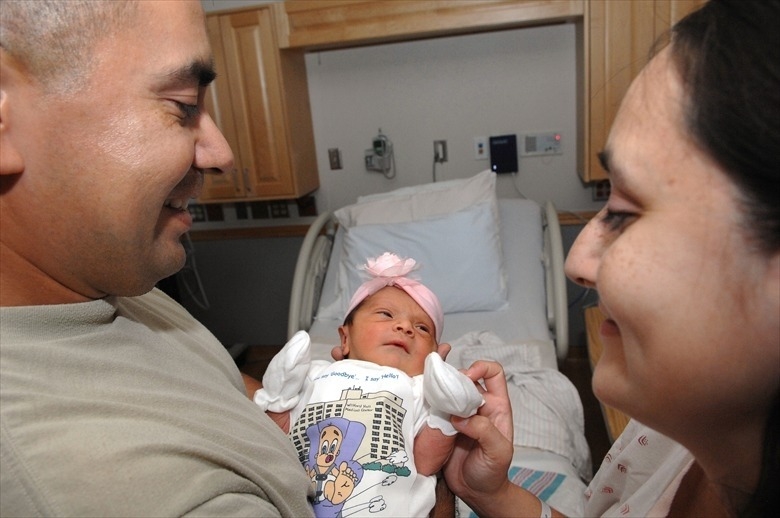
Types Of Natural Delivery
19 Feb 2019 | 4 min Read
Priyanka chhabria
Author | 48 Articles
There is a constant concern in an expecting mom about how she is going to deliver the baby. Whether it will be vaginal delivery (normal delivery) or it will be a c-sec. we tend to narrow down birthing options to only these two types. But there is more to it.
Talking about delivery options that require least medical or surgical tools and involving birth through the vagina:
Vaginal delivery:
In this, the baby is born through the birth canal of a woman’s body. It involves least or no medical intervention. The labor starts spontaneously on its own around 38 weeks.
Doctors wait till 40 weeks before inducing the labor through medicine. The cervix starts to dilate that is, starts to become malleable, soft and stretches so that baby can be delivered. It is accompanied by contractions that occur in intervals of 2-3 minutes and last for 60 seconds. The baby is ready to be delivered after the cervix has dilated 7-10 cms. With labor progressing, the amniotic sac around baby breaks, speeding up the contractions. Once the cervix is 10 cm dilated, the mother needs to push with every contraction. The baby’s head protrudes out of the vaginal opening. An episiotomy may be performed by the doctor for a smooth emergence of the baby. Once the baby is born, the contractions push out the placenta.
Natural childbirth:
This birthing option is steadily gaining popularity. It is a personal choice of a mother. She makes this commitment to go through the whole process no matter how much time it takes.
Natural birthing is the process with no medical intervention. You choose a birthing center or home for delivery instead of the hospital. However, it needs a specialist/ OB-GYN to handle the whole process that has been promoting and practicing natural birth.
-
Positions for labor:
It is important to keep moving during labor. Rocking, swaying, walking and other movements all help you deal with the pain of contractions. Different positions and various movements help to guide your labor by making it faster, easing a backache, slowing it down, etc. These movements and positions are often taught in childbirth classes; make sure the one you take covers it.
-
Coping up with pain:
There are various techniques used to cope up with pain and discomfort. Walking, proper massages, heat therapy with rice socks, cold therapy, relaxing music, and different breathing techniques are carried out throughout the process to keep mom relaxed, calm and positive.
Your partner is with you giving you all the motivation and love you need.
Skin to skin is encouraged after baby’s birth which stimulates so many hormones in mother and baby strengthening the bond between mother and baby and producing breast milk.
When not to consider natural birth?
If there are multiple births or you have medical complications like gestational diabetes, pre-eclampsia, the baby is in breech position, gained too much weight or it is preterm birth you should not consider natural birthing.
Water birthing:
Water birth is a modification of natural birthing. In this process of giving birth, a tub of warm water is used. Some women choose to labor in the water and get out for delivery.
While some women stay in the water for the delivery as well. The theory behind water birth is that since the baby has already been in the amniotic fluid sac for nine months, a similar environment created is gentler for the baby and less stressful for the mother.
Warm water help in relaxing the mother, normalizes the blood pressure, reduces stress-related hormones, buoyancy helps free movement of mother and relaxes the mom.
Always consult your OB-GYN before choosing the birthing methods as she will be able to guide you better according to your medical condition.
Also read: A List of Must-Know Techniques For Natural Delivery
A


Related Topics for you
Suggestions offered by doctors on BabyChakra are of advisory nature i.e., for educational and informational purposes only. Content posted on, created for, or compiled by BabyChakra is not intended or designed to replace your doctor's independent judgment about any symptom, condition, or the appropriateness or risks of a procedure or treatment for a given person.
